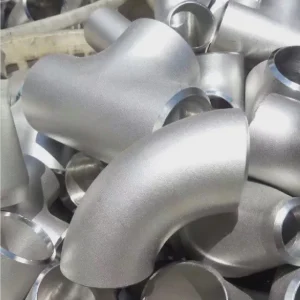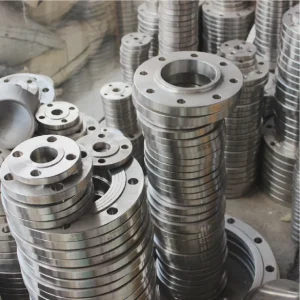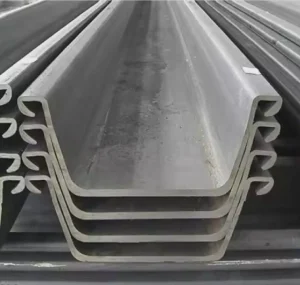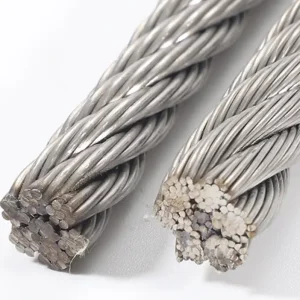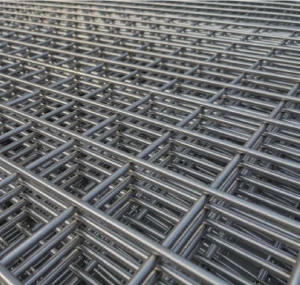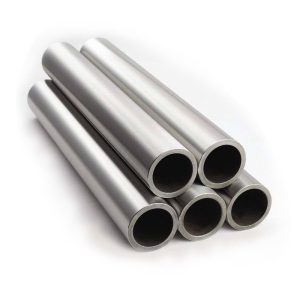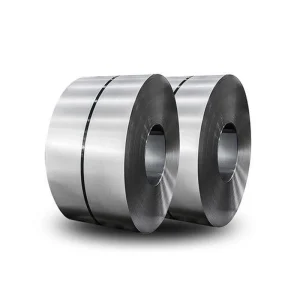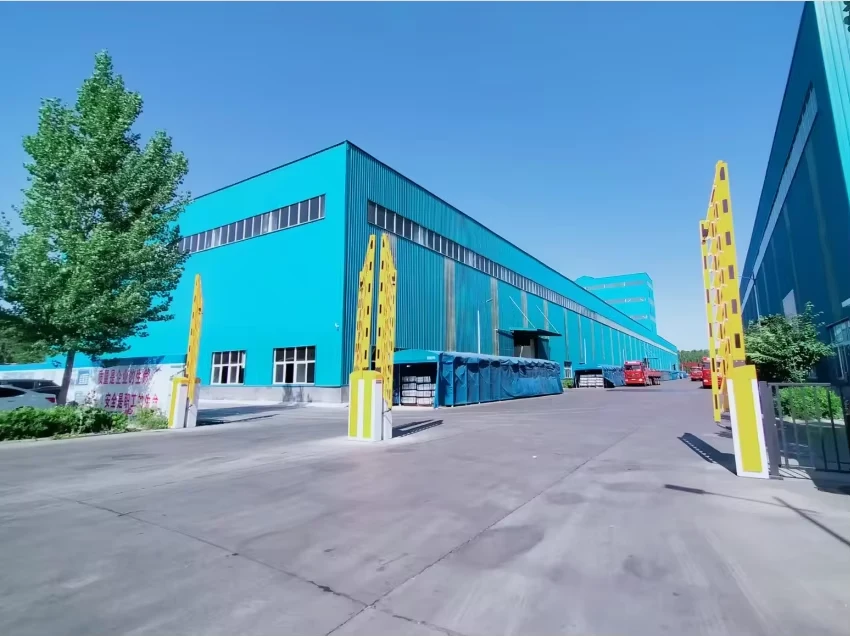Aluminum vs Steel Cavitation Plates: Which Performs Better?
Cavitation plates are critical in marine, automotive, and industrial systems to reduce erosion from collapsing vapor bubbles. But choosing between aluminum and steel versions often leaves buyers puzzled. Let’s dissect their strengths, weaknesses, and ideal use cases.
What Are Cavitation Plates? Key Functions & Challenges
Problem: Cavitation damages equipment—bubble implosions can erode metal surfaces at 50 m/s (ASM International, 2022).
Solution: Cavitation plates act as sacrificial barriers.
Case: A Florida boat repair shop cut propeller replacements by 70% after installing steel plates.
⚠ Warning: Avoid thin-grade materials (<6mm); they crack under repeated impacts.
Aluminum vs Steel Cavitation Plates: Head-to-Head Comparison
| Factor | Aluminum (Project A) | Steel (Project B) |
|---|---|---|
| Corrosion Resistance | High (saltwater-friendly) | Moderate (needs coatings) |
| Weight | 2.7 g/cm³ | 7.8 g/cm³ |
| Cost per Plate | $120 | $85 |
| Lifespan | 5-7 years | 10-15 years |
| Thermal Conductivity | 225 W/m·K | 45 W/m·K |
When to Choose Aluminum Cavitation Plates
Scenario 1: Marine Applications
Aluminum’s saltwater resistance makes it ideal for boats. I’ve used 6061-T6 plates on my fishing vessel—zero rust after 3 years, despite Florida’s harsh climate.
Scenario 2: Weight-Sensitive Systems
Steel plates add 3x more mass. For drones or small submersibles, aluminum prevents buoyancy issues.
Steel Cavitation Plates: Best Use Cases
Scenario 1: High-Temperature Environments
Steel handles heat up to 500°C without warping (NACE International, 2023). Perfect for engine-cooling systems.
Scenario 2: Budget-Driven Projects
Steel costs 30% less upfront. A Midwest factory saved $12k/year using A36 steel plates in low-corrosion zones.
⚠ Warning: Uncoated steel rusts in 6 months if exposed to moisture—always opt for galvanized versions.
How to Select the Right Material (5 Steps)
- Assess Environmental Stressors: Saltwater? Heat? Vibration?
- Test Sample Plates: Submerge steel/aluminum in your operating medium for 48 hours.
- Calculate Total Cost: Include coatings, replacements, and energy costs (e.g., fuel for heavier steel).
- Consult OEM Guidelines: Some pumps void warranties if using non-approved metals.
- Partner with Specialized Suppliers: Look for ISO-certified vendors with cavitation expertise.
Top 3 Missteps to Avoid
⚠ Warning: Never mix metals! A refinery’s aluminum-steel hybrid setup caused galvanic corrosion, leading to $8k in repairs.
- Overlooking Coating Maintenance: Reapply epoxy every 2 years for steel plates.
- Ignoring Thickness: For high-pressure systems, <8mm plates fail within months.
Future Trends in Cavitation Plate Tech
By 2027, composite-aluminum hybrids will dominate 40% of the market (Frost & Sullivan, 2023). These offer steel-like durability at 60% lighter weight.
Checklist for Choosing Cavitation Plates
✅ Conduct a 72-hour corrosion test
✅ Compare 10-year cost projections (material + maintenance)
✅ Verify supplier compliance with ASTM B209 (Al) or A36/AISI 1045 (Steel)
✅ Ensure proper thickness (8-12mm for industrial use)
✅ Confirm galvanic isolation if combining metals




